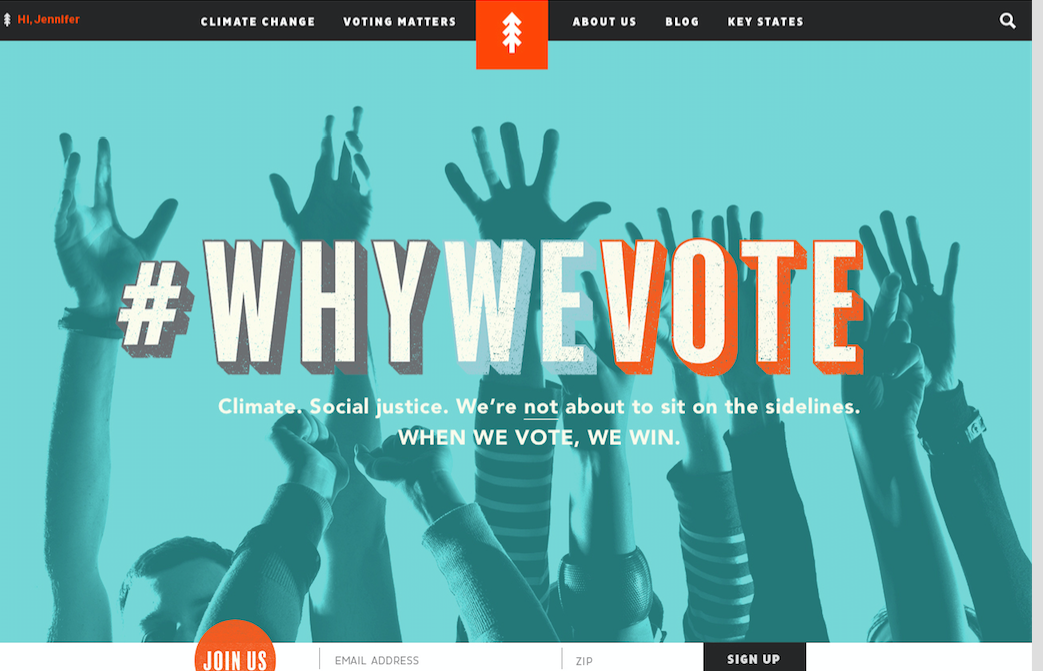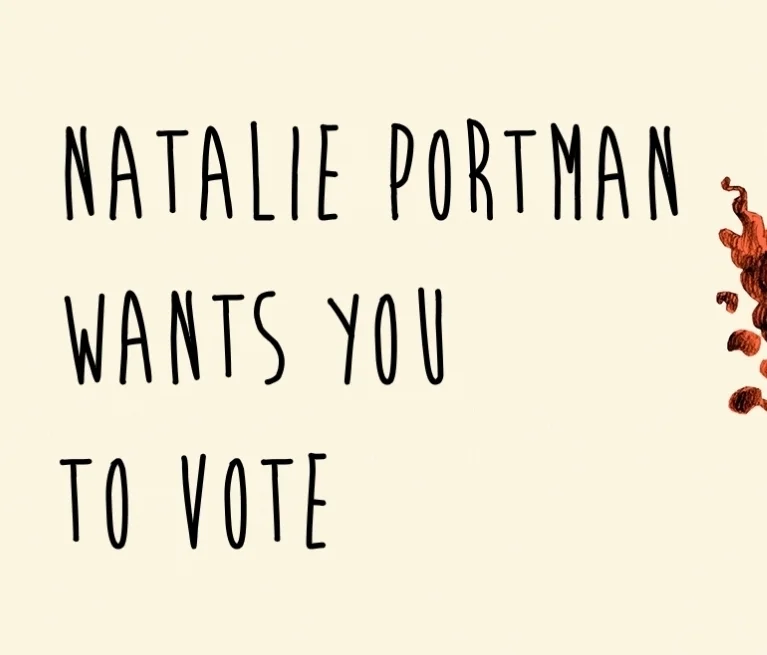Cause marketing still faces an uphill battle. Despite all of the case studies that show cause marketing works, traditional marketers continue to question its impact: "Do consumers really care-- make buying decisions-- because a brand helps someone a world away?" So traditional marketers play it safe, confining themselves to talking about product benefits. But what if the single biggest benefit of your product is saving lives? What if you are Clorox bleach-- and the product you sell as a laundry whitener in the U.S. actually is known the world over for its power to disinfect water?
In the U.S., it's easy to take safe water for granted. But unsafe drinking water is a leading cause of illness, malnutrition and death for children under five worldwide. In Peru the issue is especially pressing. For years, Clorox had donated bleach during times of disaster. But the brand wanted to do more. With help from Clorox bleach, the Safe Water Project will provide 400,000 liters of safe drinking water daily to 25,000 Peruvians over the next three years.
Back at home, consumers are making the connection. The Safe Water Project speaks volumes about the safety of a product that is sometimes seen as too strong. After all, you need to be strong to save lives.
During my years heading the Brand PR team at Clorox, we made it a goal to establish a connection to cause on every brand. The result? Programs like Filter for Good for Brita, Safe Steps Home for Fresh Step, Yellow Bag for Glad, Say Boo to the Flu for Clorox Disinfecting Wipes and Save the Disappearing Bees for Burt's Bees... and so many more.

























